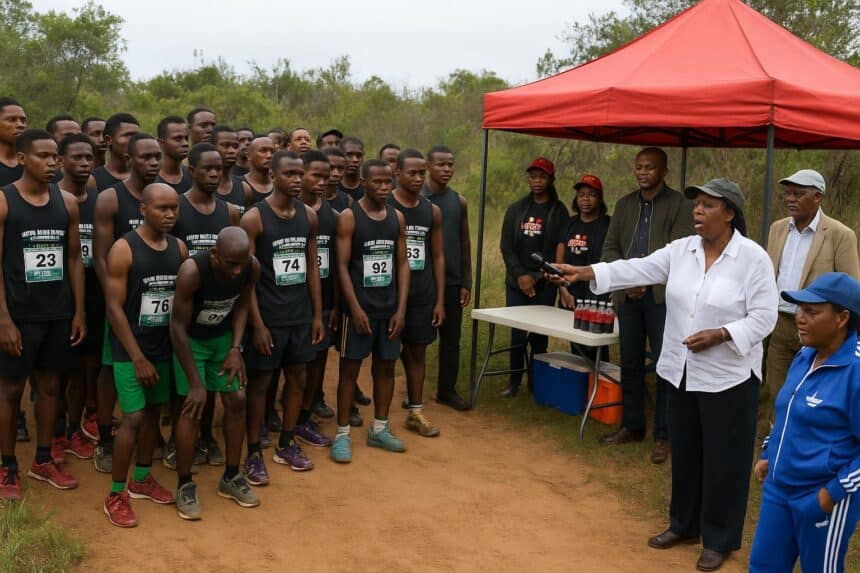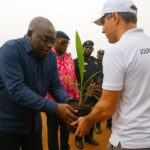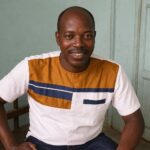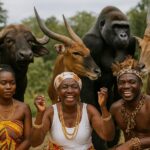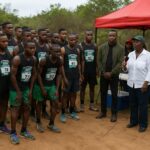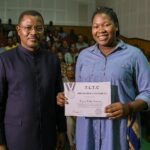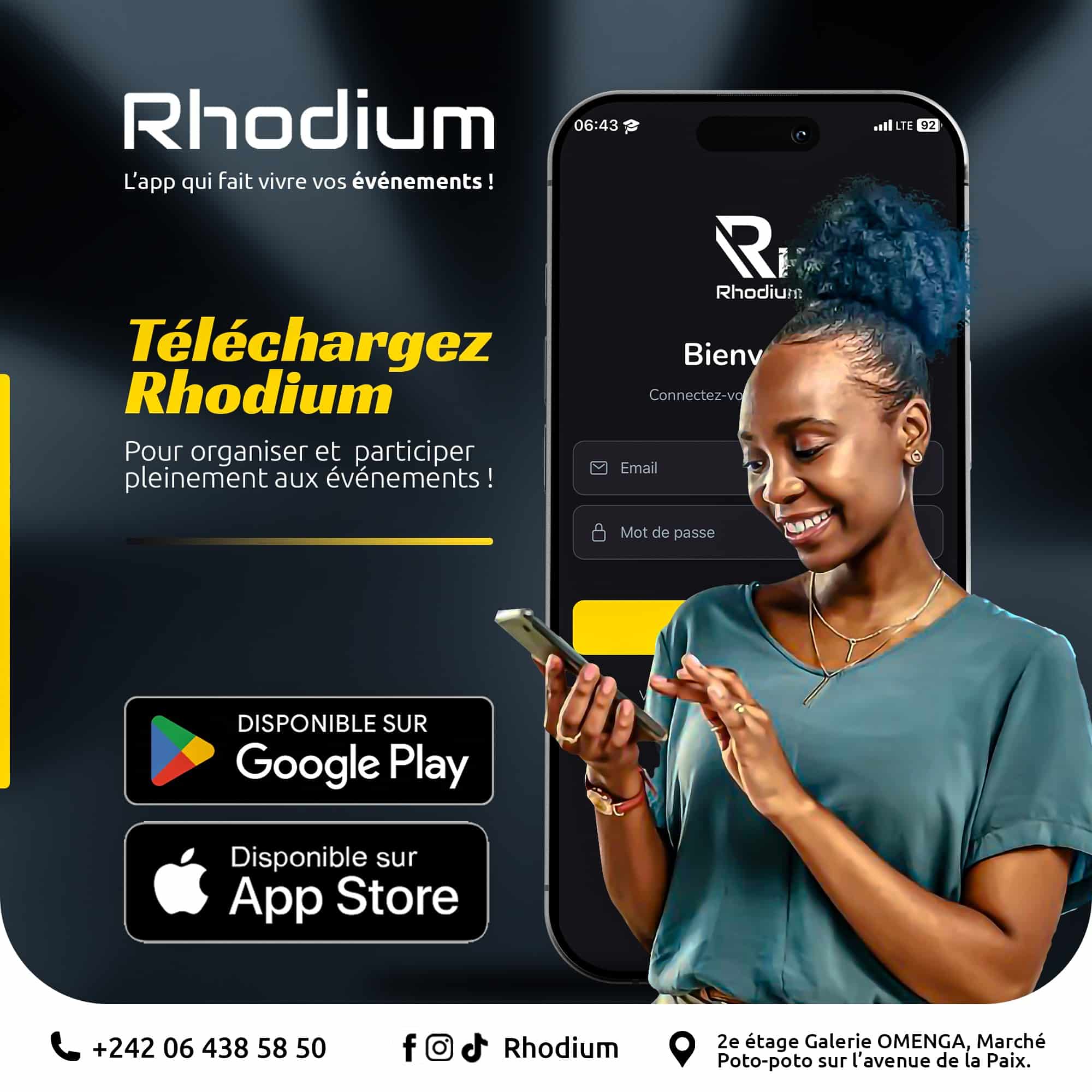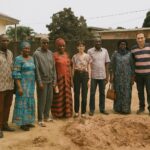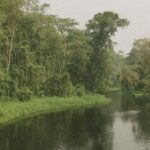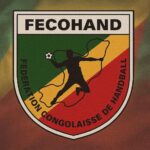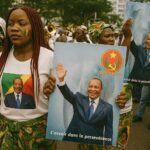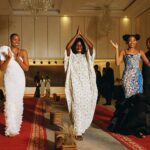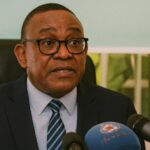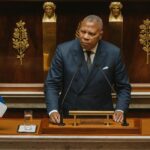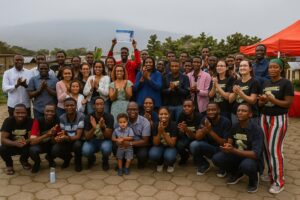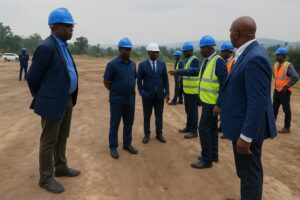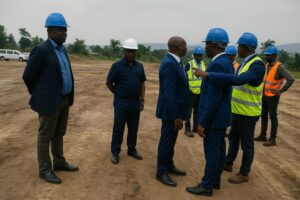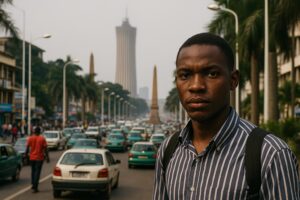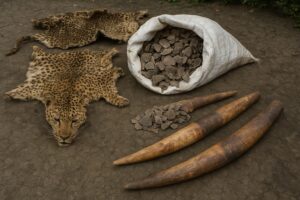A Jungle Race Takes Off
On a cool 11 October dawn, drums echoed through Mbomo as 120 runners laced up for the second edition of the Odzala Marathon, a race threaded through the emerald canopy of the Odzala-Kokoua National Park.
With distances of 42 km, 21 km and 10 km staggered an hour apart, amateurs and seasoned athletes chased podium places while cameras captured rare images of sprinting silhouettes framed by towering mahoganies and distant elephant calls.
Culture, Tourism and Leisure Minister Lydie Pongault fired each starting pistol, her first on-site appearance signalling institutional backing for a project that marries sport, eco-tourism and community pride.
Podium Highlights and Local Heroes
At the finish, she placed finisher medals around sweat-soaked necks and handed trophies to the top three of every category, transforming the village square into a stage of shared triumph.
Local favourite Joseph Obanga from Mbomo thrilled spectators by claiming the 10 km in 42 minutes, edging Vérité Ilazi of African Parks and Alvarince Olendé of Kamba in a tense sprint.
The half-marathon saw African Parks ranger Fred Itadi clock 1 h 37, only a stride ahead of Kamba’s Arnaud Mbongo, while Swiss visitor Guillaume Vorburger secured third, proof that the event already attracts international curiosity.
The full marathon crown went to Djibil Agnouka, another African Parks athlete, who battled heat and winding bush trails to finish in 3 h 49, five minutes clear of Arsène Zoloba and well ahead of Guinel Ngouana.
State Support and Sponsor Momentum
Beyond times and trophies, organisers pushed a louder message: conserving the Congo Basin rainforest. “Running among elephants and gorillas is a privilege,” reflected Kamba managing director Elza Gillman. “To keep that privilege, we must protect this forest,” she told reporters (local press).
Sponsorship has grown accordingly. Lodges, safari operators and telecom brands funded bibs, water points and live streaming, easing costs for villagers who once financed the race through personal donations.
Minister Pongault welcomed the support, announcing plans to list the marathon on the national tourism calendar, to market it at regional fairs and to explore carbon-neutral certification in partnership with African Parks.
She emphasised continuity. “We want Odzala to become as regular as Brazzaville’s 14 August semi-marathon,” she said in Mbomo, promising logistical help so “runners from every continent can experience our ecosystem”.
From Pandemic Jog to Global Ambition
The idea was born during the 2020 pandemic, when twenty-odd lodge workers jogged from Mboko to Mbomo to shake off lockdown fatigue. That informal trot ignited a vision now shaping one of Central Africa’s most distinctive races.
Organisers dream big. Gillman hopes Odzala will sit one day beside Berlin, Paris and New York on the global marathon map, showcasing Congo’s forest as a venue equal parts stadium and sanctuary.
Village Festivities and Kids’ Games
Residents already feel the ripple. Guesthouses filled, market stalls sold out of cassava bread and grilled tilapia, and artisans swapped business cards with visiting tour operators eager for authentic souvenirs.
Children, too, claimed their spotlight through the Odzala “Olympic” games: relay races, tug-of-war, sack jumps and ring tosses unfolded under parental cheers, teaching sport’s values while brightening the village carnival.
“The kids’ laughter is the best advertising,” smiled Minister Pongault. “Families will travel further if they know every age is welcome.” Her comment underlined a strategy aimed at turning the marathon into a multi-day family festival.
Economic Ripple and Next Edition
With sponsor backing secured for next year, organisers plan clearer signage, medical tents and a mobile app that tracks runners amid the dense canopy, ensuring safety while amplifying social-media storytelling.
For now, echoes of pounding feet fade into cicada song, yet the message lingers: conserving Odzala-Kokoua is not a sprint but a long, shared run where community, government and visitors stride side by side.
Tourism officers estimate that each visiting runner generates three additional guests, a multiplier that could eventually support new guide jobs, craft cooperatives and conservation patrols, aligning economic opportunity with the park’s biological health.

